Not all dinosaurs are big, but bigness is one of the things we often think of first when talking about dinosaurs. The reason is because many dinosaurs could reach enormous sizes, far surpassing the largest mammals to ever walk the earth. The largest dinosaurs reached the size of a five-story building before they suddenly disappeared during the mass extinction event at the end of the Cretaceous period, when our ancestors were the size of a mouse. copper.
So why do they get so big, and why can land mammals like us never reach such enormous sizes? We invite you to find out in the following article.
They are both extremely successful animal groups, but the maximum size difference between terrestrial mammals and dinosaurs is too large.
Dinosaurs were not the largest animals ever known. That title belongs to a mammal – the blue whale. They can grow to a size of more than 30m and weigh about 150 tons, more than twice the largest dinosaur ever known. However, the reason whales can be so big is because they live in water and are supported by water, not against gravity like animals on land.
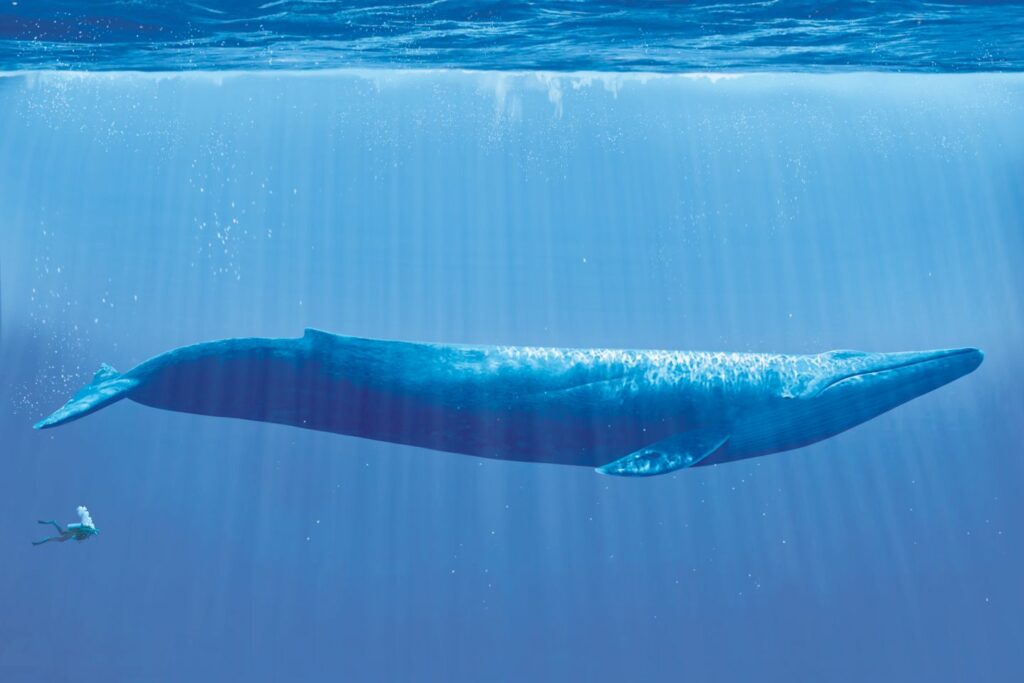
However, when it comes to the largest animals on land, mammals are completely different from dinosaurs. The dinosaur with the largest complete specimen is Patagotitan mayorum. According to estimates by paleontologists, when alive it must have been up to 36 and a half meters long and weighed 64 tons.
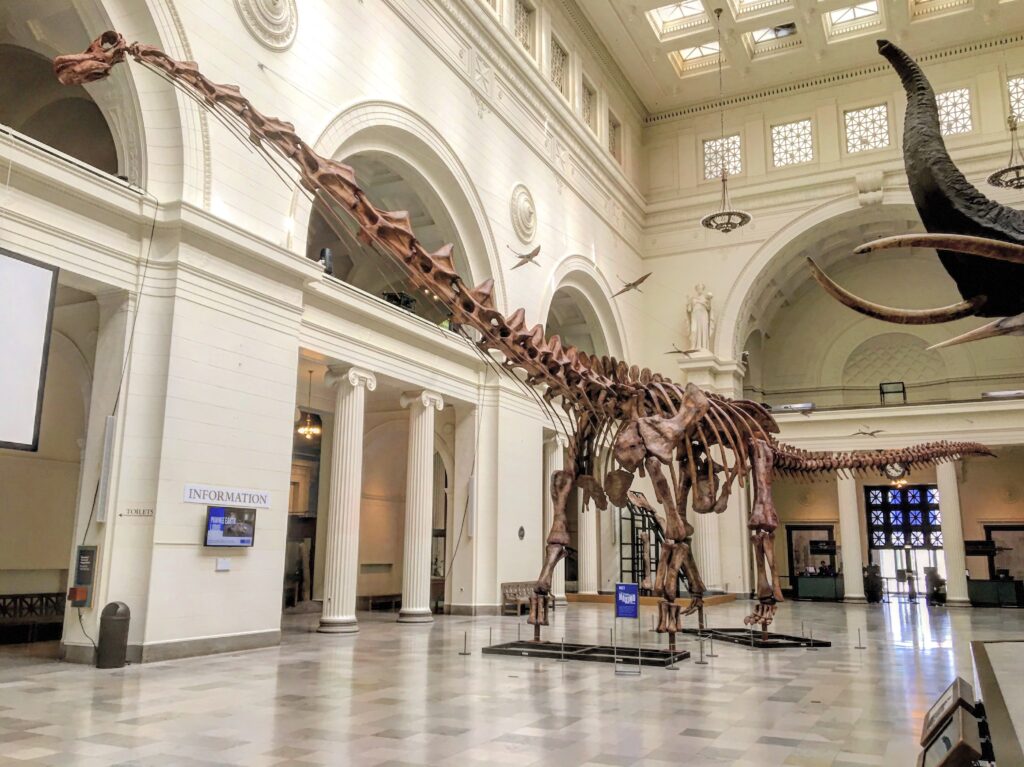
Meanwhile, the largest known mammal is the hornless rhinoceros Paraceratherium, weighing only 15 tons, 8m long and 5m shoulder high, appearing long after the giant dinosaurs became extinct.
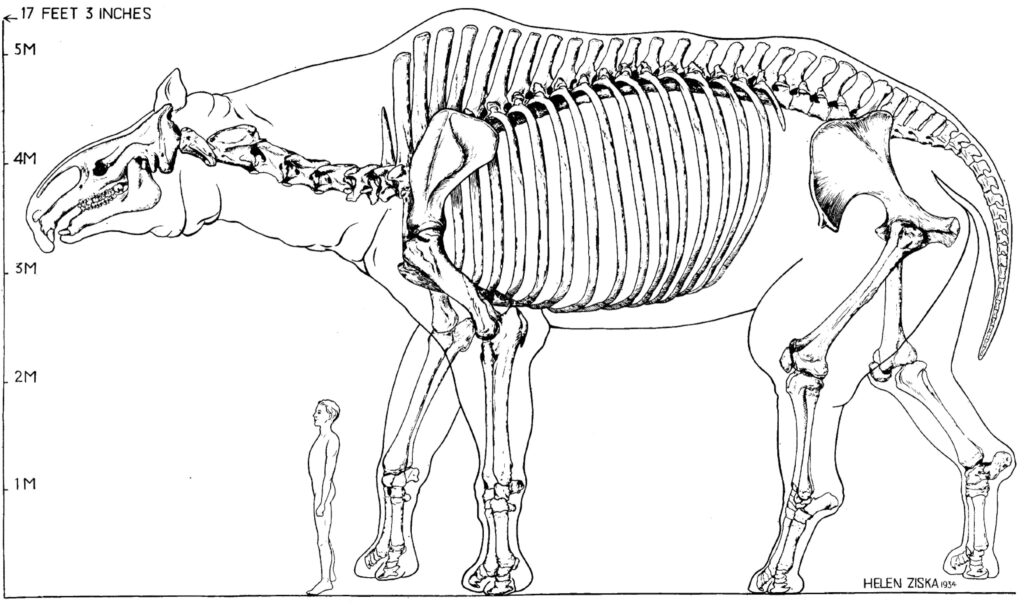
So why are the maximum sizes of mammals and dinosaurs so different? The answer lies in the way they give birth.
Dinosaurs laid eggs, and that allowed them to reach enormous sizes
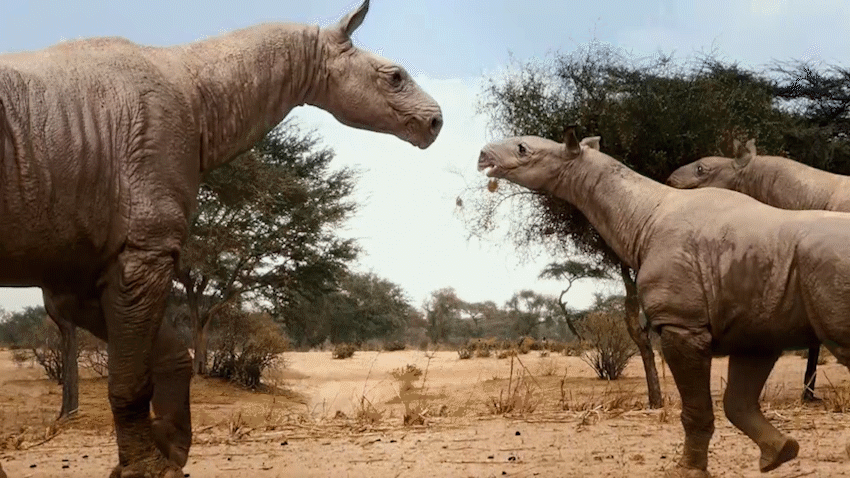
Paraceratherium is a placental animal, which carries its young inside its body. For a large mammal like Paraceratherium, pregnancy would be a huge burden for a very long time. Large mammals as we know them today, such as elephants, rhinos and giraffes, have long pregnancies and usually only give birth to one baby at a time. For example, elephants can be pregnant for more than 2 years.
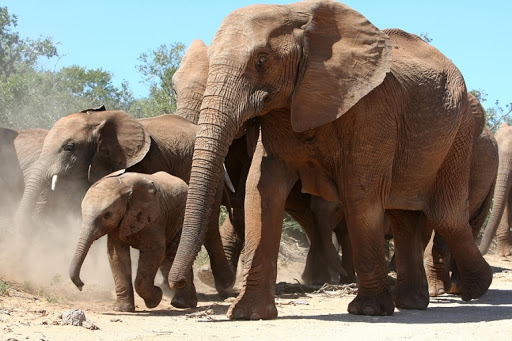
Dinosaurs were not as responsible as mammal mothers, they left their eggs and let their young develop in the eggs without needing to carry them around. Even the largest dinosaurs weighing tens of tons only had eggs the size of soccer balls. While mammals have to provide a large amount of nutrition and time for their young, dinosaurs only need to lay eggs.
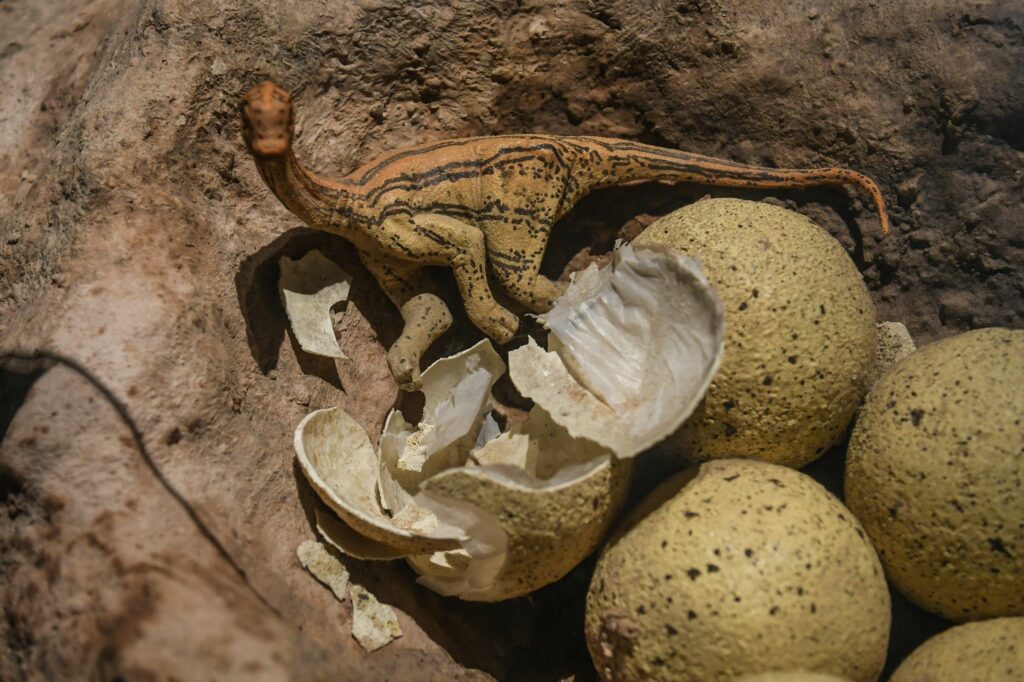
The larger the mammal, the more difficult it was to get pregnant, while dinosaurs simply didn’t have to deal with it at all. Of course, dinosaurs are not only that, they also have another secret.
Dinosaurs’ bodies have air chambers, making their bone structure lighter and stronger
Many dinosaurs had a sophisticated system of air sacs, connected to the lungs in their bodies. These are soft, spongy tissues, usually located in the neck, back, hips, and in some species, this air sac system is also embedded in the bone structures. Airbags help dinosaurs have lighter “frames” without sacrificing stability.
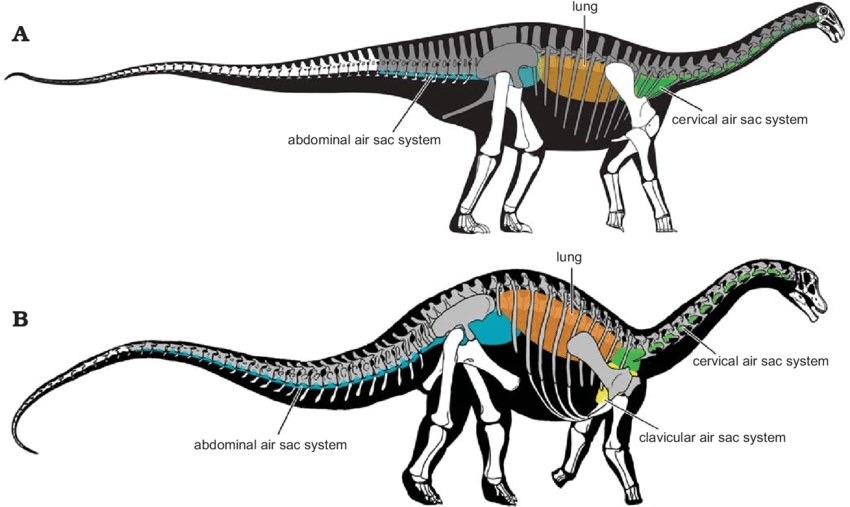
If you’re wondering how we know dinosaurs had air sacs, it’s because their descendants, birds, also have them. Birds’ air sac system helps them breathe much more effectively than mammals. In addition, this system also helps them reduce body weight. Although different in size, the air sacs of giant dinosaurs are basically the same as those of birds.
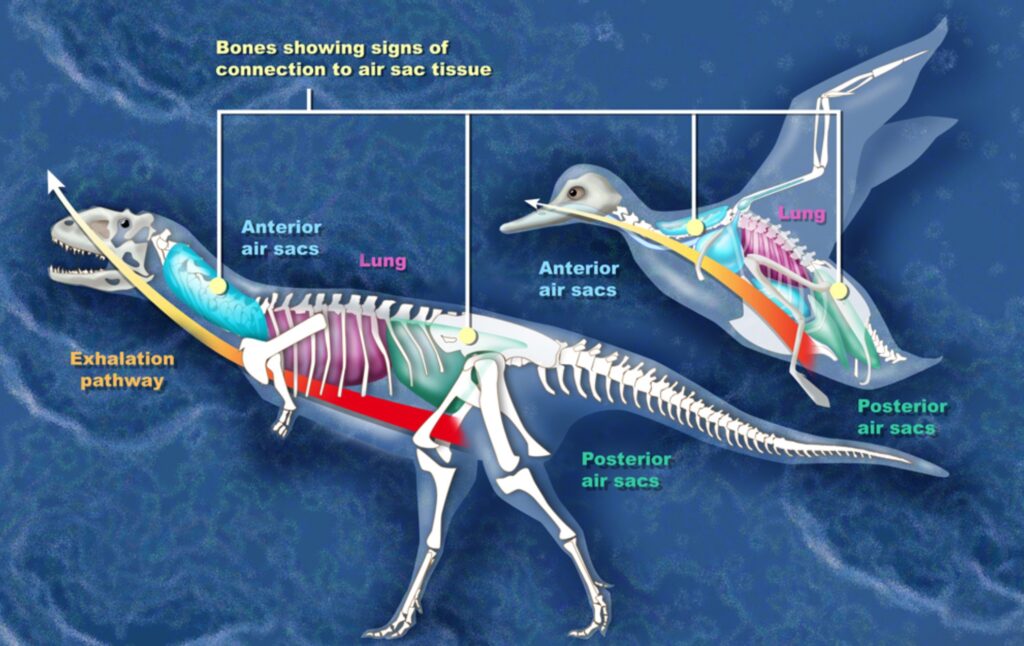
Typically sauropod dinosaurs, their neck and back vertebrae also have air sac attachment points like what we see in modern birds. Not all dinosaurs had this advanced air sac structure. Only the saurischia group, which includes theropods (some of which later evolved into birds) and sauropods (including the giant dinosaur branch Titanosaurus), is new. Have. All remaining dinosaurs, from horned, duck-billed or armored, do not have airbag systems.
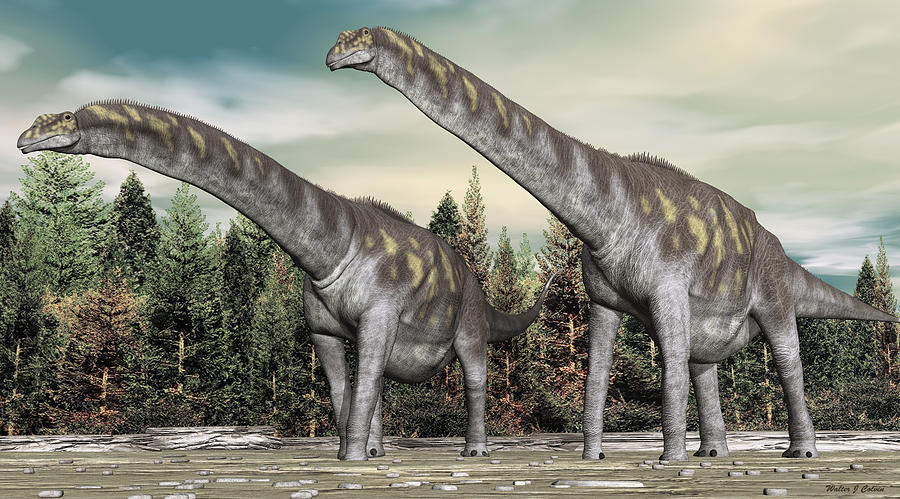
And of course, mammals like us don’t have air sacs either. We have a dense, dense skeletal system that is heavy and creates a limit to our maximum size. And this structure would break under its own weight before reaching the enormous size that dinosaurs once had.
What makes them so big?
All the things we talked about above just show why dinosaurs could be so big. As for why they have to grow to that size, there are still many mysteries. Paleontologists have proposed many hypotheses.
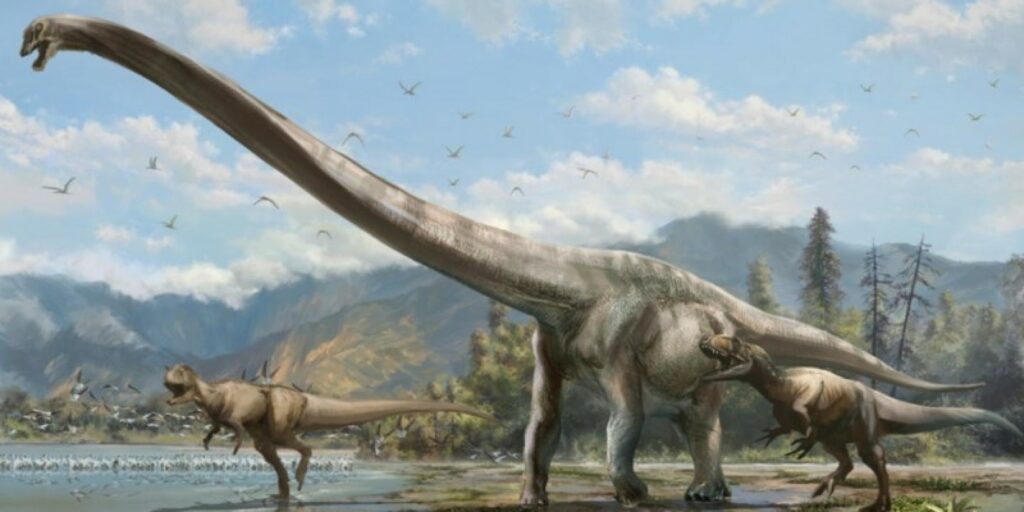
It seems most plausible that they became large to be safer from predators or to reach higher foliage to eat. There may also be another special reason that paleontologists haven’t thought of yet.

However, reality has proven that bigger is not always better. Giant dinosaurs disappeared completely during the great extinction event at the end of the Cretaceous period. Only our hamster-sized ancestors and many other tiny creatures could make it through. In the end, humanity is the winner.






